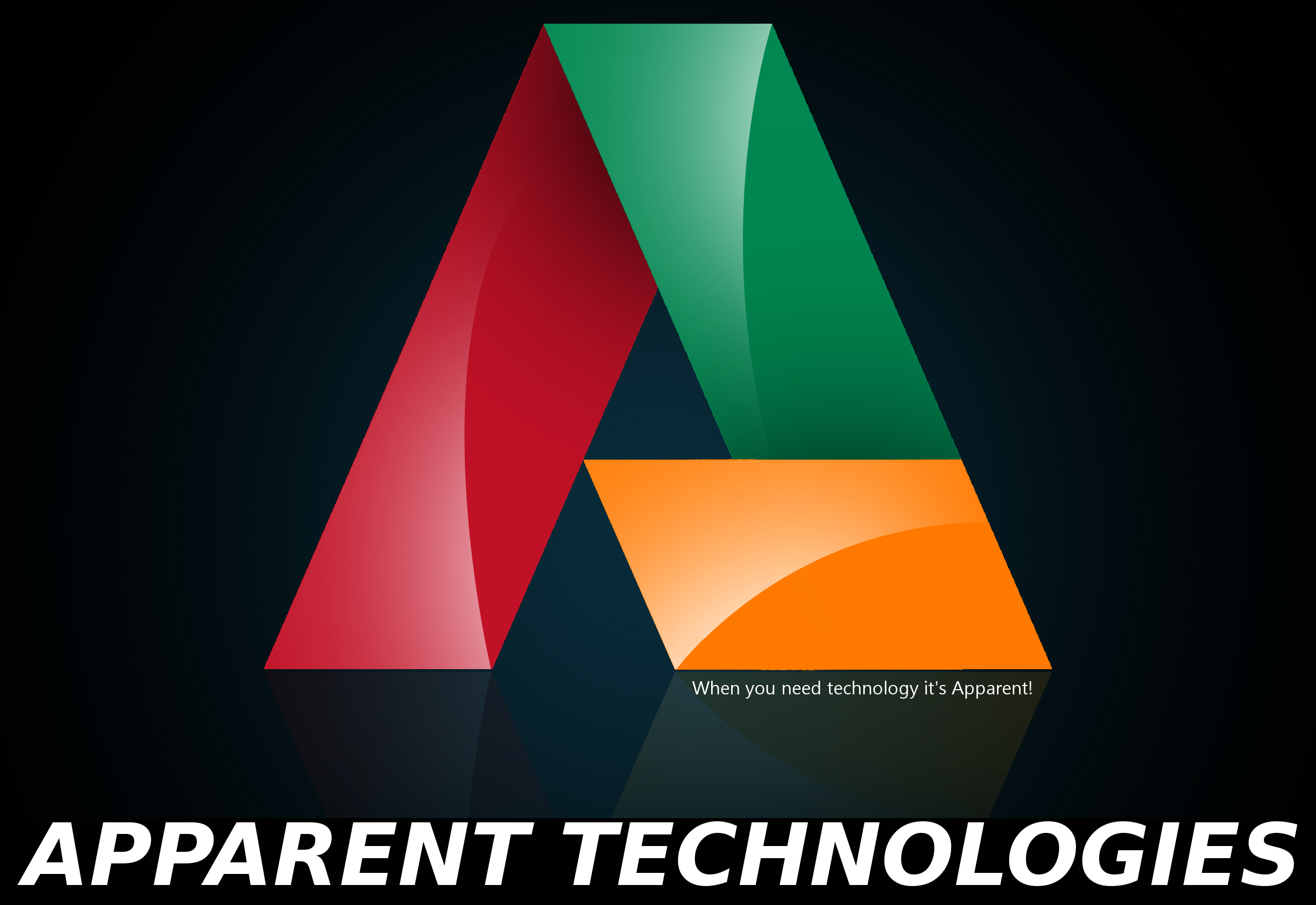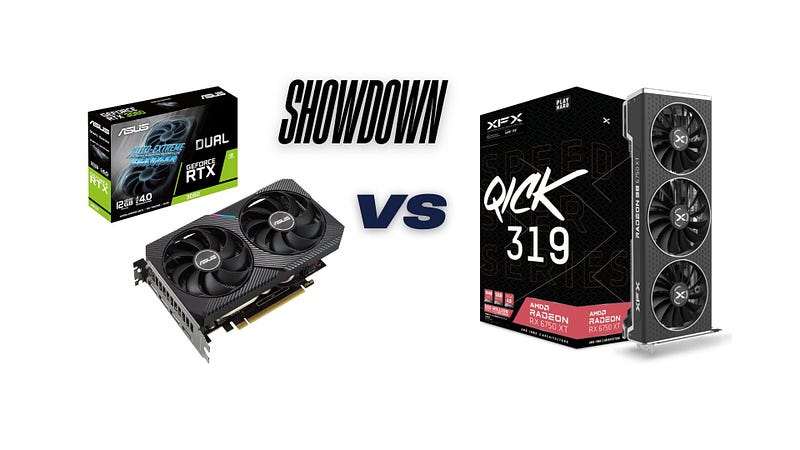


When it comes to mid-range gaming graphics cards, the competition is fierce. Today, we're diving into a head-to-head comparison between two heavy hitters: the ASUS Dual NVIDIA GeForce RTX 3060 V2 OC Edition and the XFX Speedster QICK319 Radeon RX 6750 XT CORE. Both cards promise exceptional performance, but which one deserves a spot in your gaming rig? Let's break it down and find out!
Let's get straight to the point: how do these cards perform in real-world gaming scenarios?
The RTX 3060 shines at 1080p, delivering buttery-smooth frame rates in AAA titles like Cyberpunk 2077 and Call of Duty: Modern Warfare II. With DLSS enabled, you can expect a significant boost in performance without sacrificing visual fidelity.
The RX 6750 XT is a beast at 1080p, often outperforming the RTX 3060 by 10–15% in raw performance. AMD's FSR 2.0 also provides a competitive upscaling solution, though it's not quite as mature as NVIDIA's DLSS.
Winner: RX 6750 XT (by a small margin).
At 1440p, the RTX 3060 holds its own, especially in games optimized for ray tracing. However, you may need to tweak settings to maintain 60+ FPS in demanding titles.
The RX 6750 XT truly shines at 1440p, offering higher frame rates across the board. Its larger memory bus and bandwidth give it an edge in texture-heavy games.
Winner: RX 6750 XT.
NVIDIA's ray tracing capabilities are second to none. With dedicated RT cores, the RTX 3060 delivers stunning lighting and reflections in supported games. DLSS further enhances performance, making ray tracing viable even at higher resolutions.
AMD has made significant strides with ray tracing on RDNA 2, but it still lags behind NVIDIA. While the RX 6750 XT can handle ray tracing, you'll need to rely on FSR to maintain playable frame rates.
Winner: RTX 3060 V2 OC.
ASUS's Axial-tech fan design and 0dB technology ensure efficient cooling while keeping noise levels to a minimum. The dual-fan setup is perfect for compact builds, and the card stays relatively cool even under load.
XFX's triple-fan cooling solution is robust, but it can get a bit louder under heavy loads. That said, it does an excellent job of keeping temperatures in check, making it ideal for extended gaming sessions.
Winner: Tie (depends on your preference for noise vs. cooling performance).
NVIDIA's software suite is a game-changer. Features like DLSS, NVIDIA Reflex, and Broadcast give the RTX 3060 a significant edge in both gaming and content creation. The GeForce Experience app also makes driver updates and optimization a breeze.
AMD's Adrenalin software is feature-packed, offering tools like Radeon Anti-Lag and Radeon Boost. FSR 2.0 is a great alternative to DLSS, though it's not as widely supported. AMD's driver support has improved significantly, but it still trails behind NVIDIA in terms of polish.
Winner: RTX 3060 V2 OC.
The RTX 3060 offers excellent value for gamers who prioritize ray tracing and DLSS, typically priced around 350
The RTX 3060 offers excellent value for gamers who prioritize ray tracing and DLSS, typically priced around 350-400.
The RX 6750 XT is priced slightly higher at 400-450, delivering better raw performance but lacking some of NVIDIA's software advantages.
Winner: RTX 3060 V2 OC (for budget-conscious gamers).
Choose the ASUS Dual RTX 3060 V2 OC if:
Choose the XFX RX 6750 XT if:
Both the ASUS Dual GeForce RTX 3060 V2 OC Edition and the XFX Speedster QICK319 Radeon RX 6750 XT are fantastic mid-range GPUs, but they cater to slightly different audiences. If you're all about ray tracing and cutting-edge features, the RTX 3060 is your best bet. If raw performance and 1440p gaming are your priorities, the RX 6750 XT won't disappoint.
So, which one will you choose? Let us know in the comments below, and don't forget to share this post with your fellow gamers! 🎮✨
#GamingGPU #RTX3060 #RX6750XT #PCGaming #TechComparison